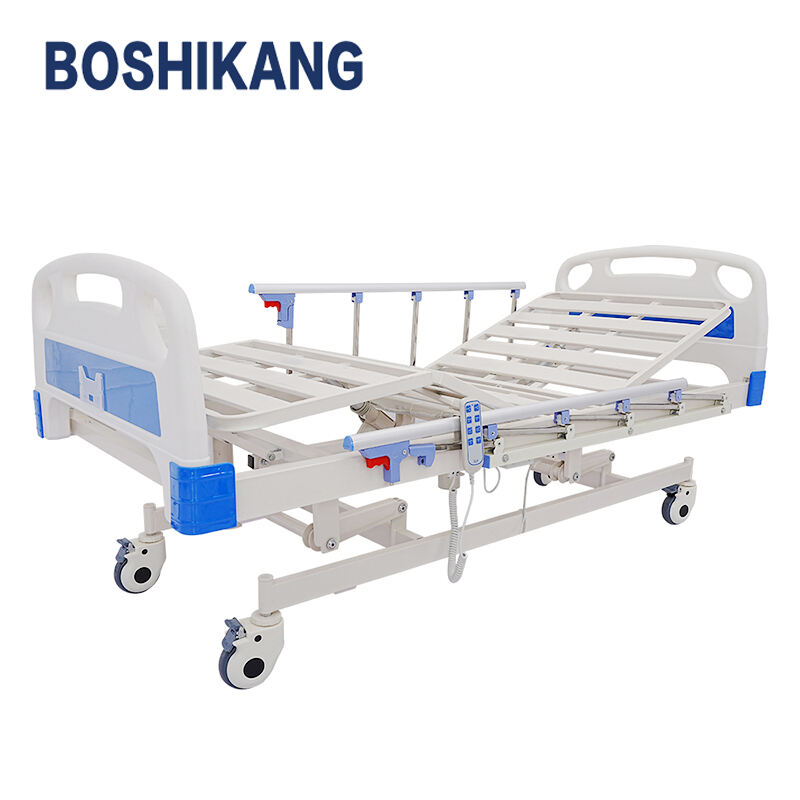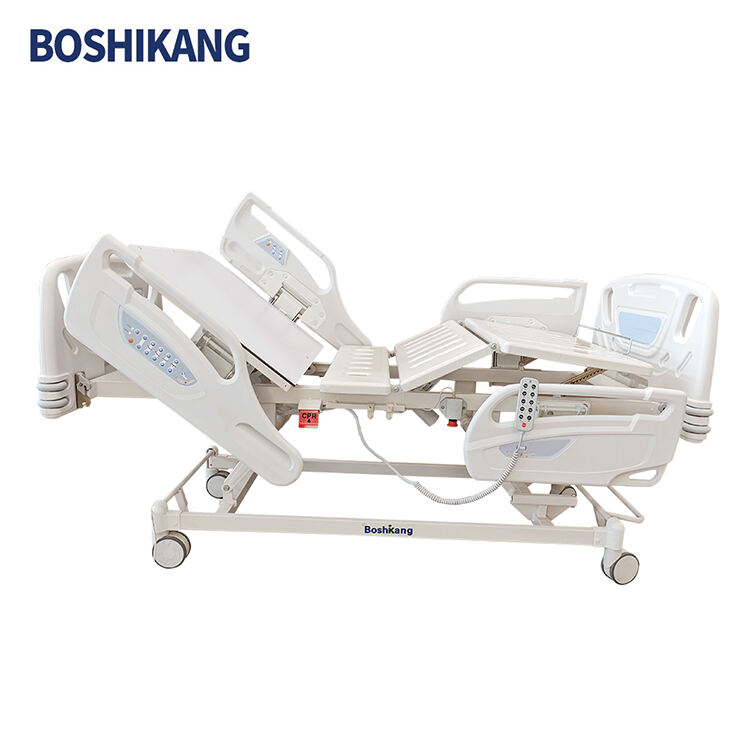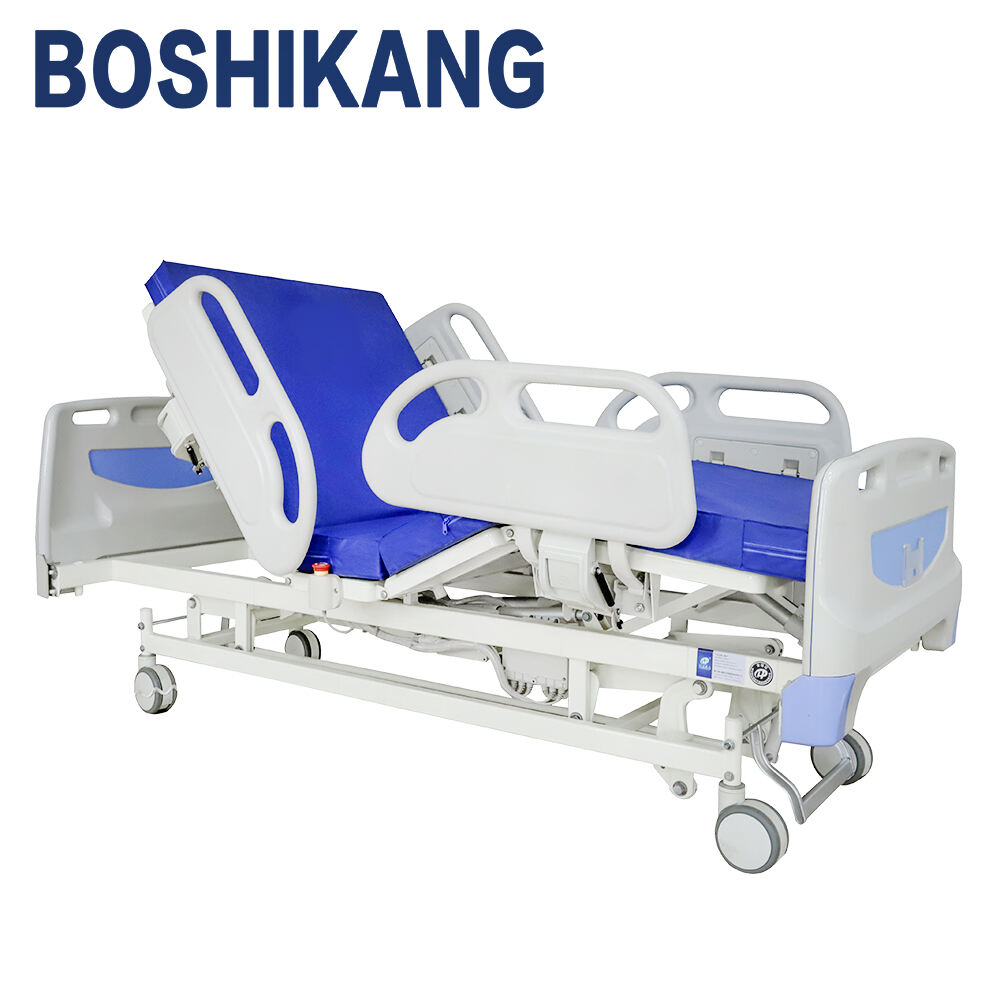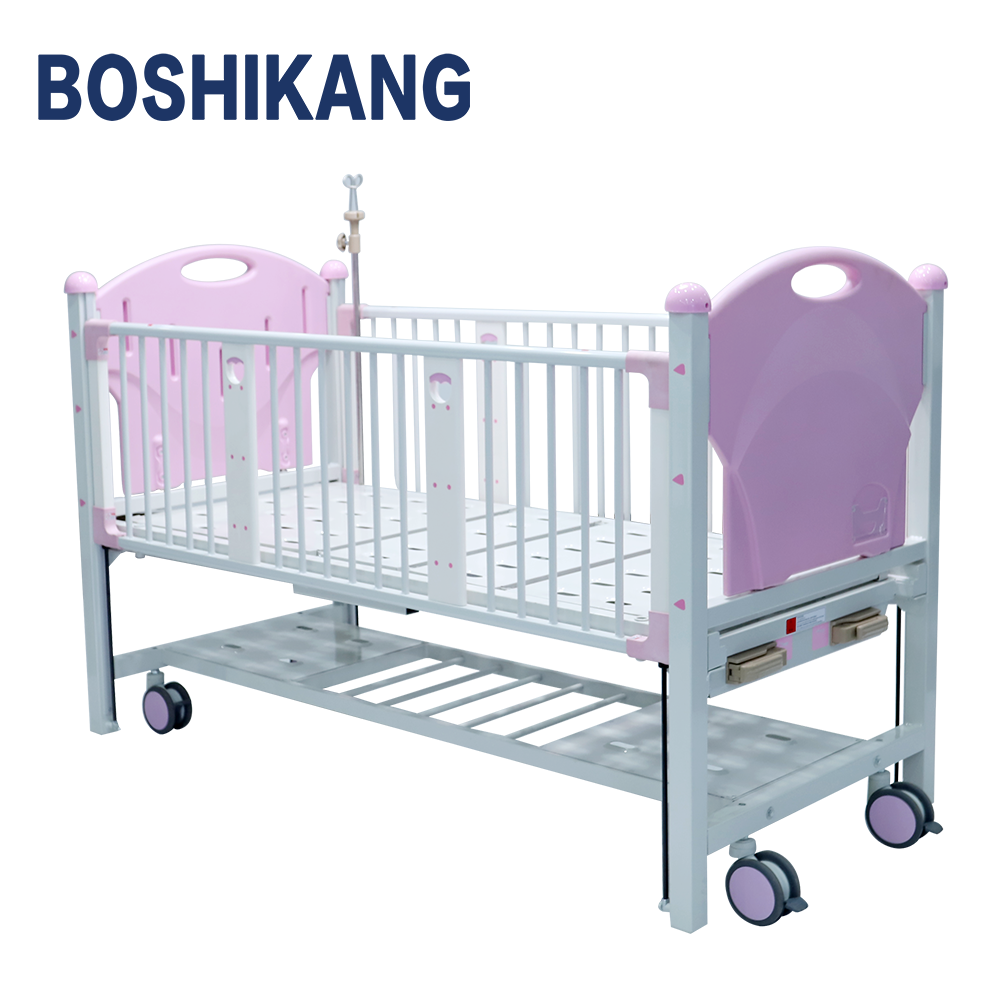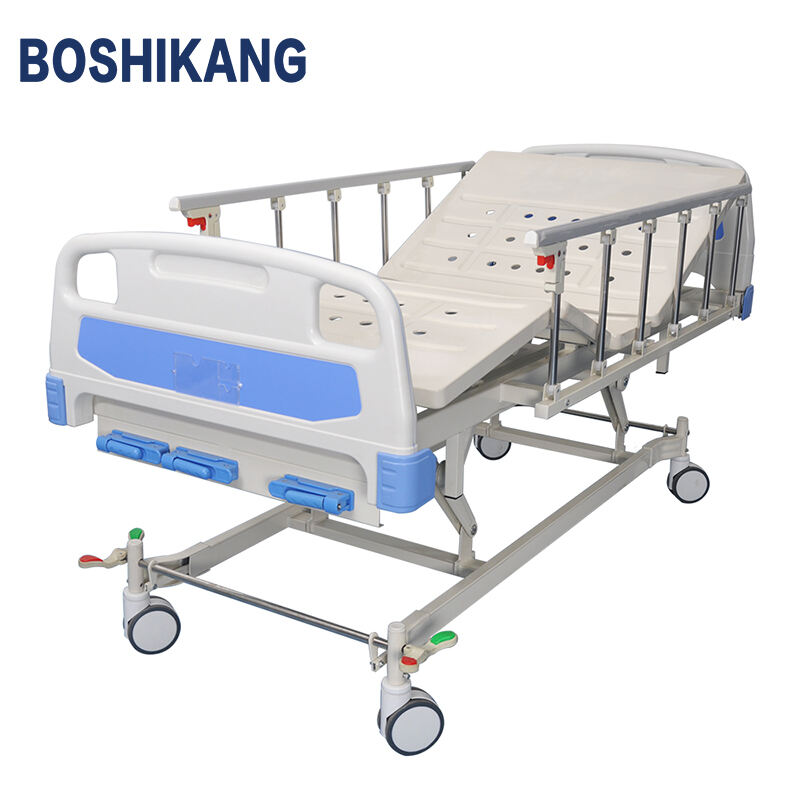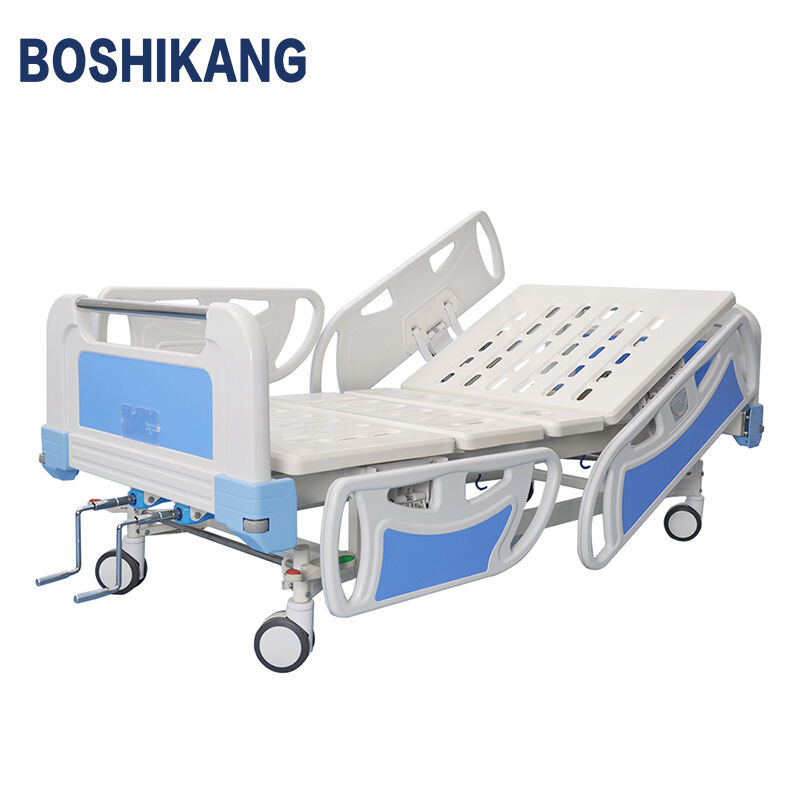manual adjustable hospital beds
Manual adjustable hospital beds represent essential medical equipment designed to enhance patient care and comfort in healthcare settings. These versatile beds feature multiple adjustment capabilities that can be operated without electrical power, relying on mechanical systems such as hand cranks and lever mechanisms. The primary adjustments include head elevation, foot positioning, and overall height modification, allowing healthcare providers to position patients optimally for treatment, comfort, and prevention of complications. The beds typically incorporate side rails for safety, wheels for mobility, and durable frame construction to support various patient weights. Their mechanical nature ensures reliability and functionality even during power outages, making them particularly valuable in regions with unstable electricity supply or in facilities seeking cost-effective solutions. The design typically includes features such as trendelenburg and reverse trendelenburg positions, which are crucial for certain medical procedures and patient comfort. These beds also come equipped with brake systems for stability, IV pole attachments, and various accessories mounting points to accommodate medical equipment. The manual operation, while requiring physical effort, offers precise control over positioning and eliminates the need for electrical maintenance or battery replacement.

